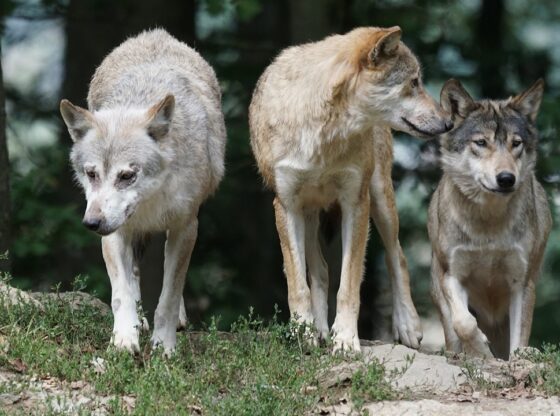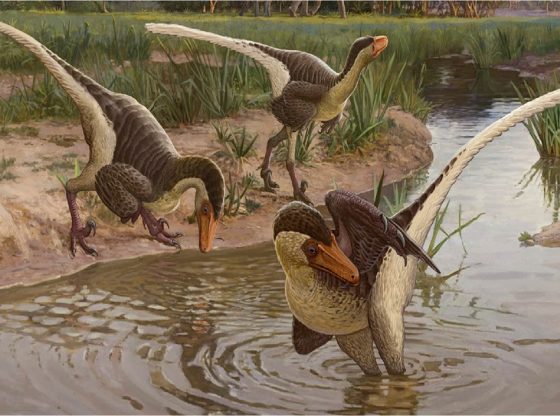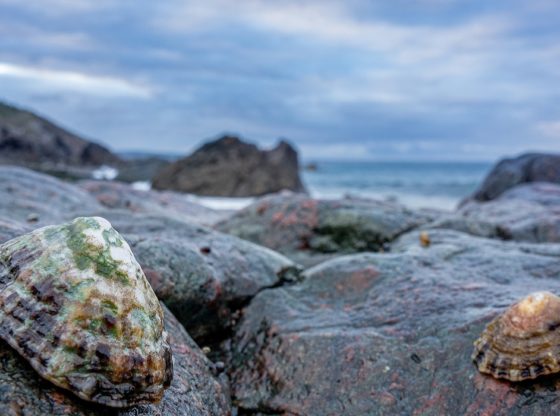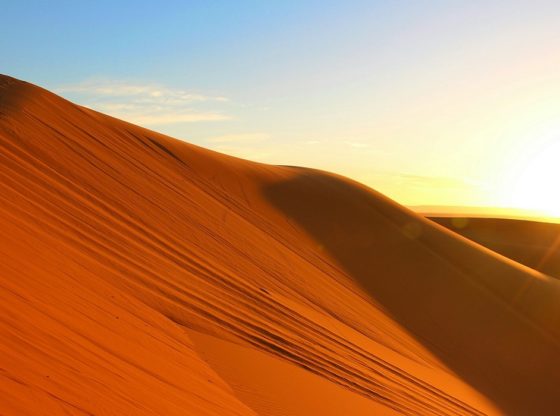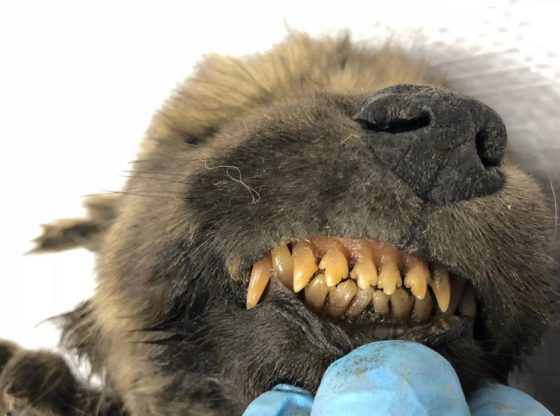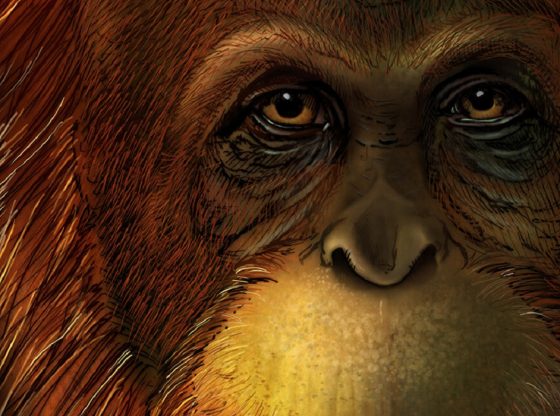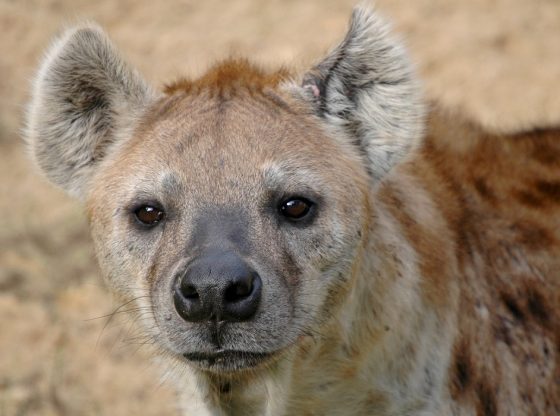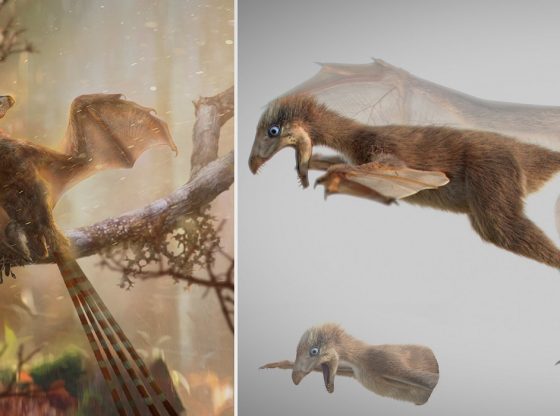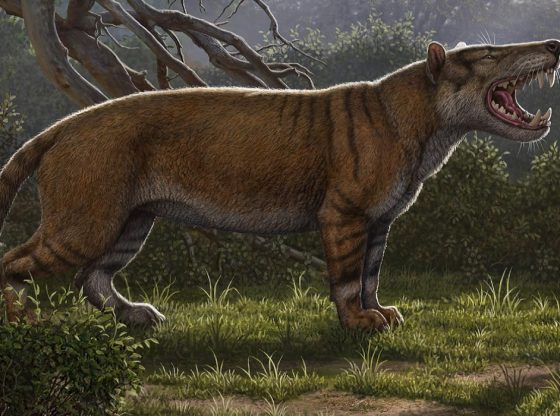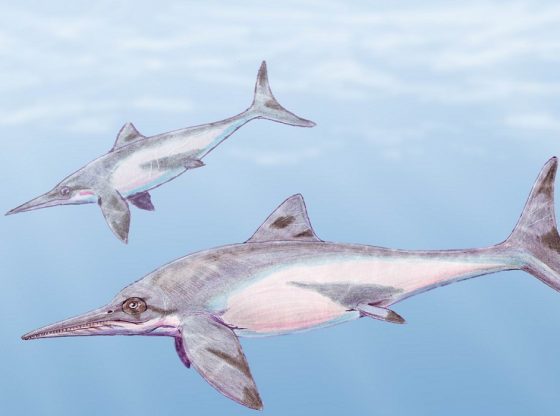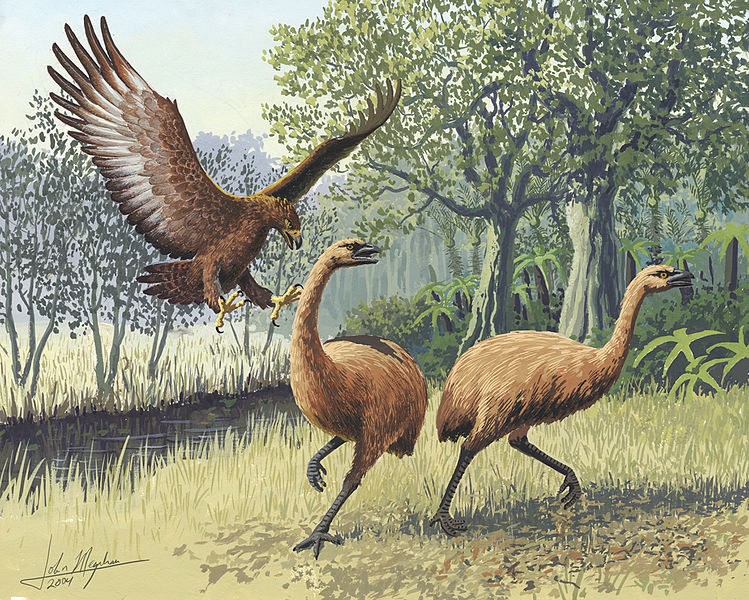
The flightless giant bird known as the moa were the dominant herbivore on New Zealand for thousands of years until they suddenly went extinct.
Several different causes have been claimed for the extinction, environmental change, disease and indeed also humans.
The last moa disappeared around 600 years ago, around the same time as humans happened to arrive on the island. When the Māori people first colonized New Zealand around 1300 CE.
The fact that their disappearance is highly correlated with the human appearance on New Zeeland is certainly suspicious. But real evidence for human causation has been lacking, until now.
By examining the DNA found in 281 pieces of skeleton moa remains, from birds that lived between 600 and 13,000 years ago, the scientists were able to map how their DNA changed over time.
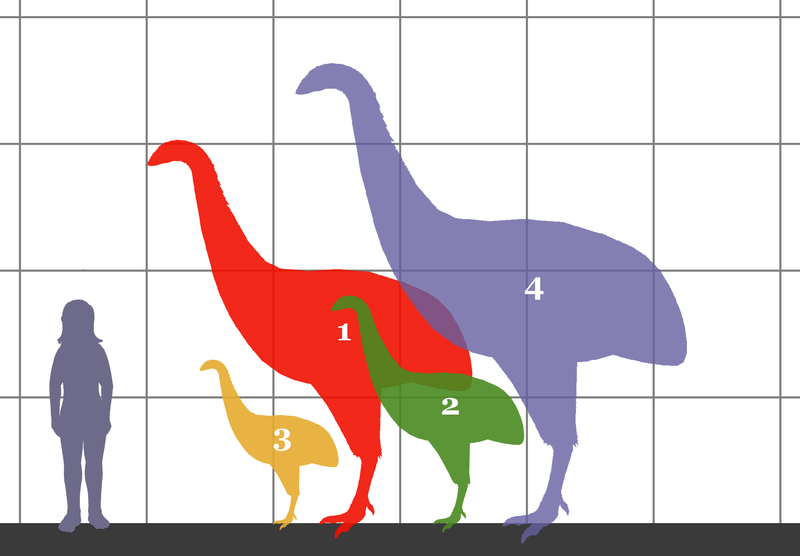
And their conclusion was that it did not change much at all, suggesting that they died out rather fast. Since, if they would have died out due to environmental change or disease, this would have taken a long time and the scientists would have been able to observe changes in the birds’ DNA over this long time span.
The only plausible explanation left then is an external influence, as in human hunting. The moa was not the prey for humans alone, though, they were also the primary food source for another giant bird known as Haast’s Eagle, as seen in the image above featured painting.
The study Resolving lost herbivore community structure using coprolites of four sympatric moa species has been published in the latest issue of the scientific journal, Proceedings of the National Academy of Sciences.
______________
Resolving lost herbivore community structure using coprolites of four sympatric moa species (Aves: Dinornithiformes)
____________________________

